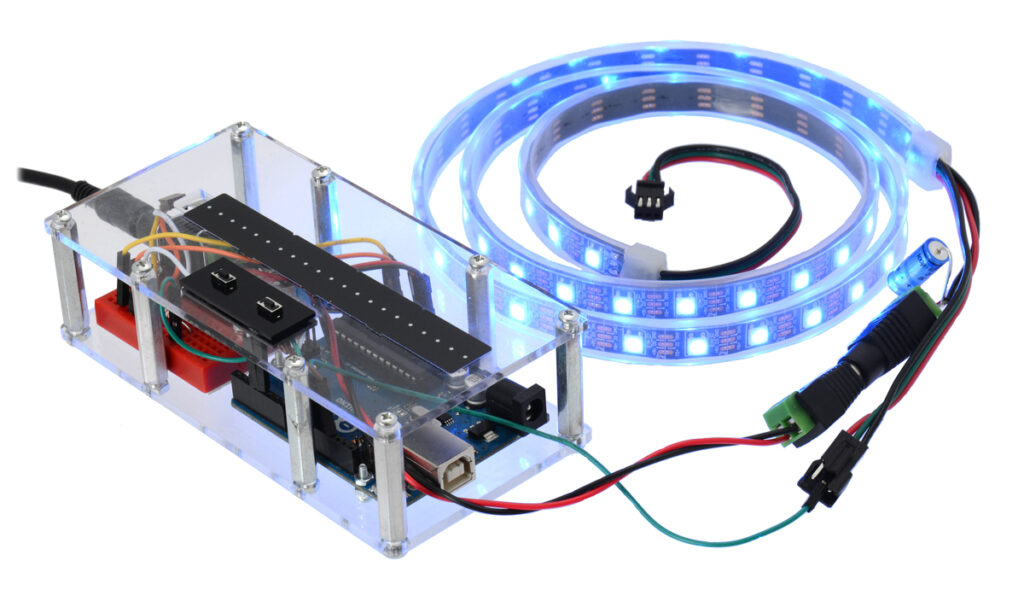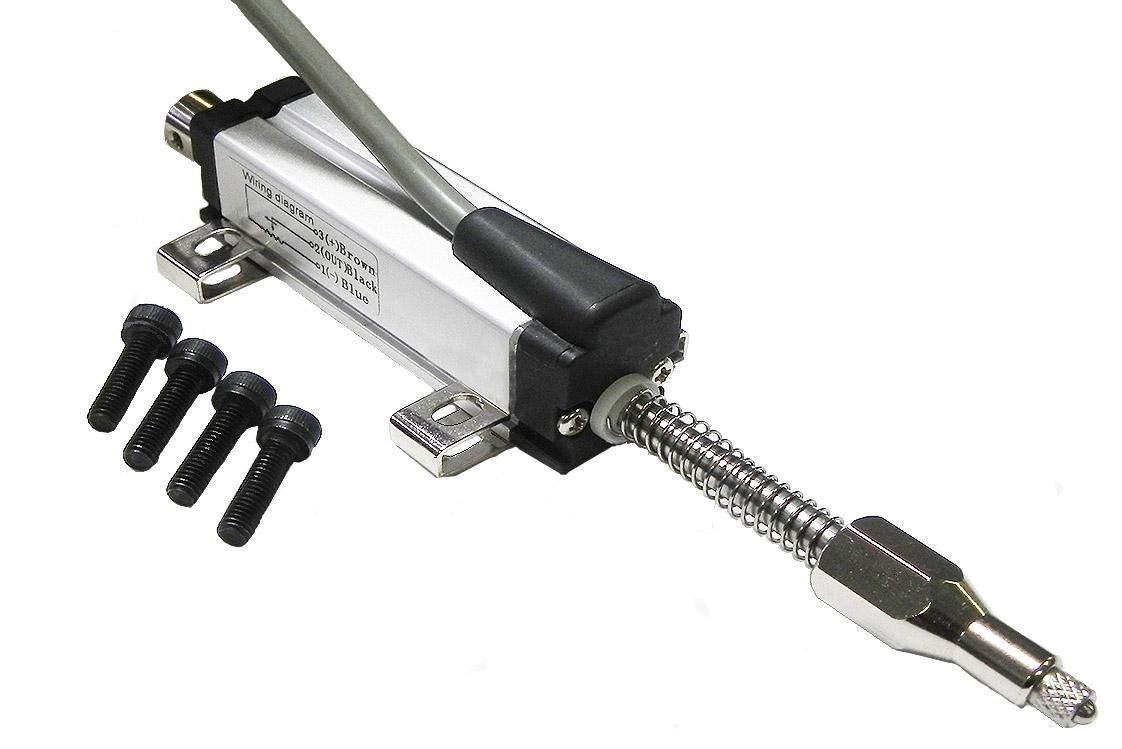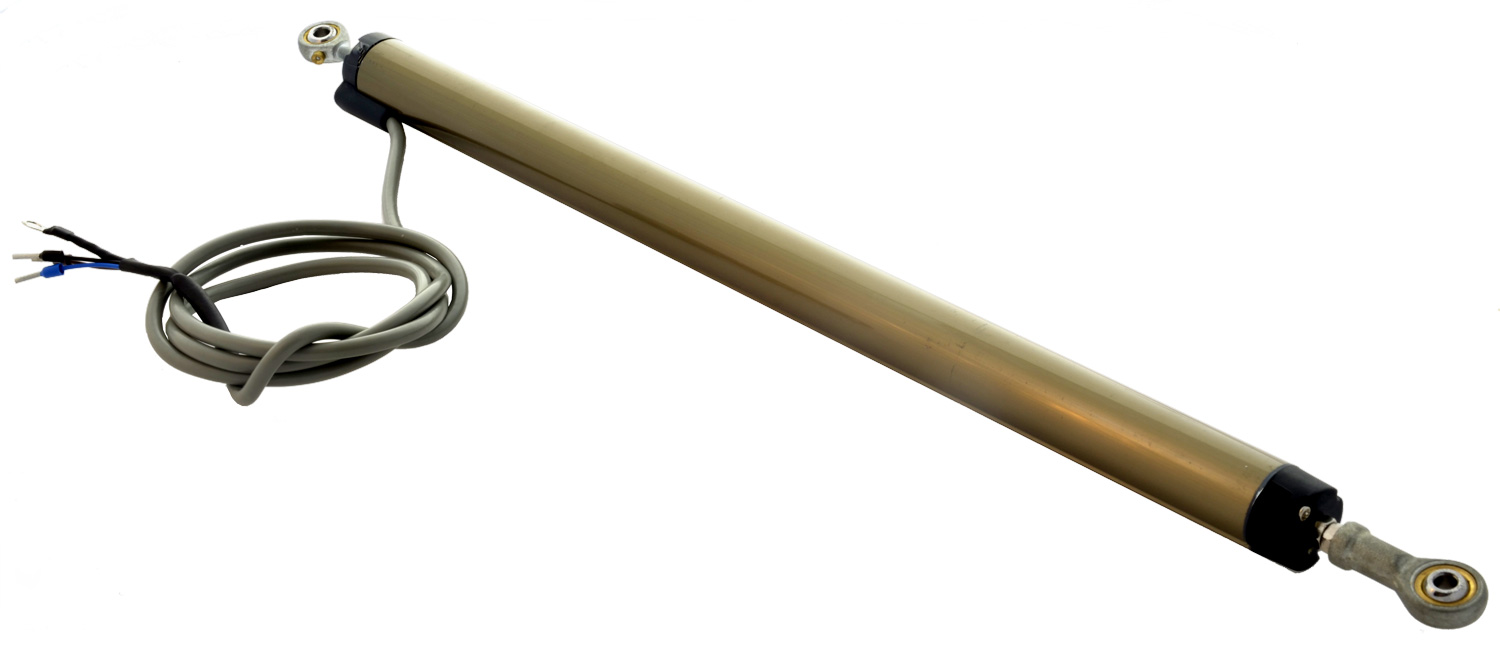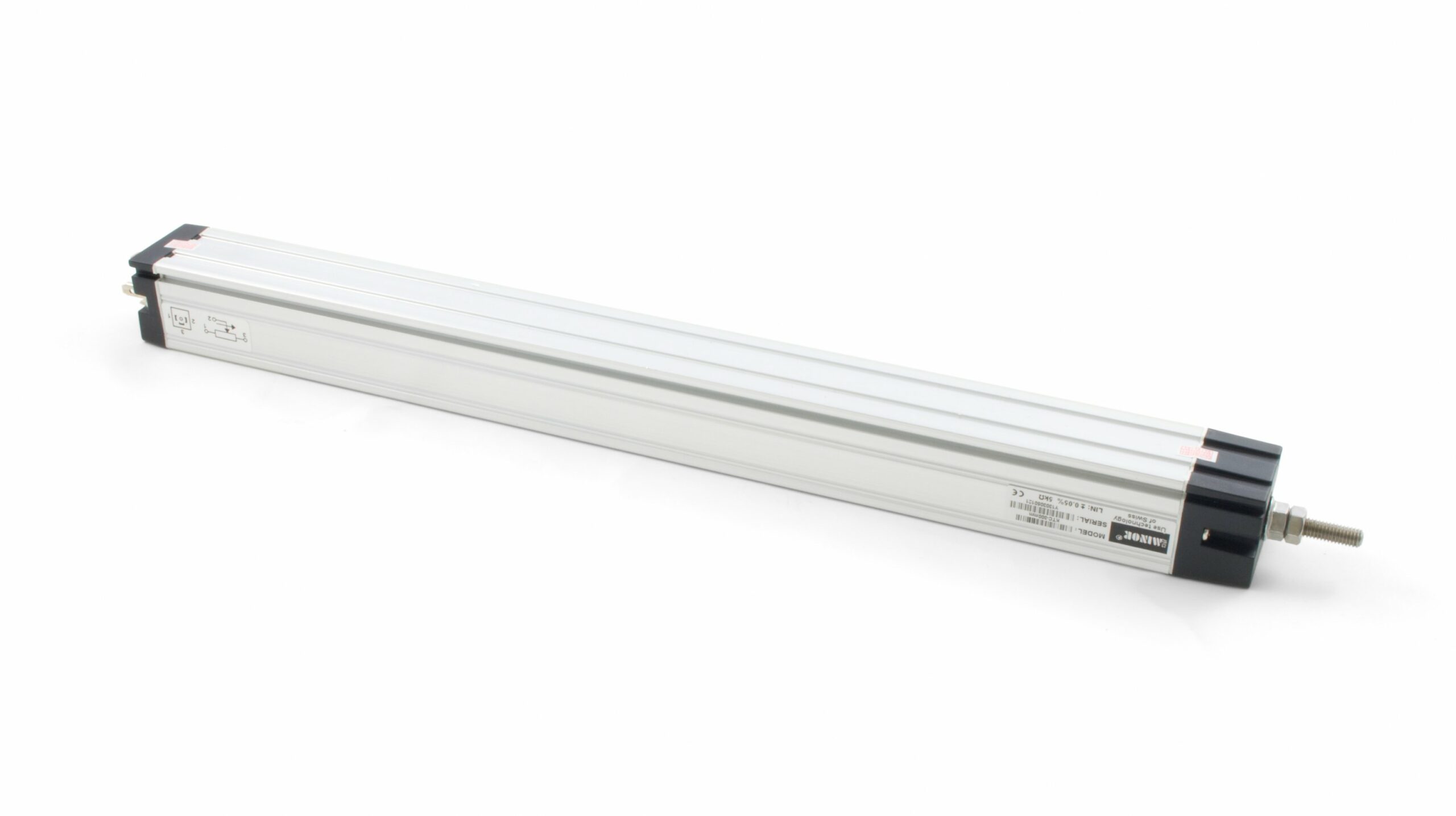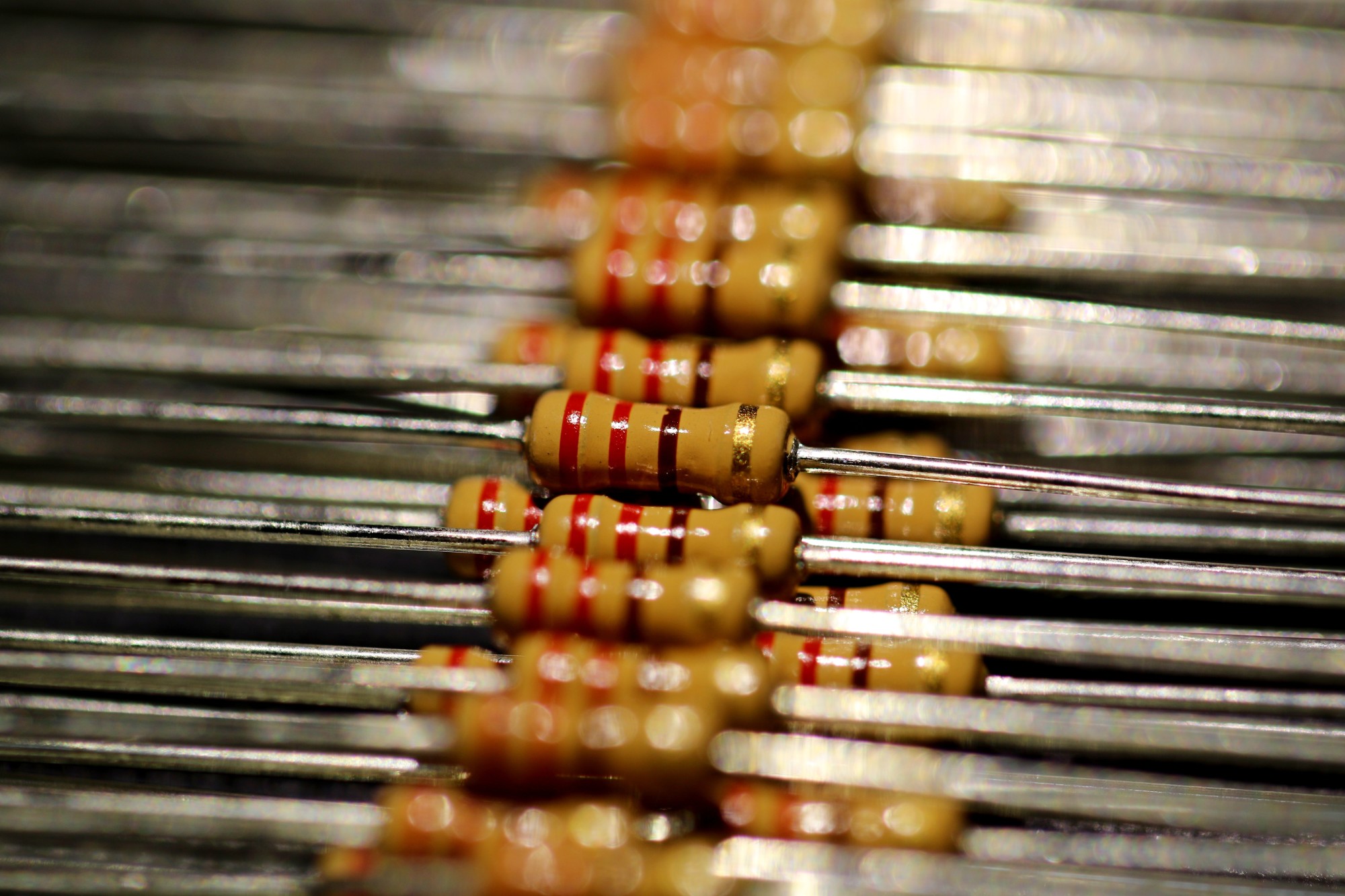A potentiometer is an electronic element defined as a three-terminal variable resistor in which the resistance is varied manually to control the current flow. The most popular type of variable resistor and potentiometer is the linear type. Linear potentiometers are common in a variety of applications, but it is mostly used to calculate the voltage in a circuit and in applications that require a robust device for measuring linear movements. In this article, we will find the best answer to the question of what a linear potentiometer is. Follow this new blog in Linquip to find out more about this type of variable resistance sensor.
What Is Linear Potentiometer?
Linear potentiometers have unique features to ensure long trouble-free life in the harshest of environments from motorsport to structural monitoring, from measuring linear position or displacement in a wide variety and broad range of manufacturing and process equipment. They are incredibly simple to use relative to other devices, have infinite resolution, the output is proportional to stroke length, and very robust. This type of potentiometer is mainly used to measure the voltage across a circuit’s branch, to measure a battery cell’s internal resistance, and to compare a battery cell with a standard cell.
Construction
To answer the question of what is a linear potentiometer, first, let us see what the different parts of this potentiometer are. A linear taper potentiometer is usually made up of three pins that adjust to a flow of voltage, and produce a regulated voltage output relevant to its sliding components. It is made up of a pin connected to the adjustable slider that travels along with the resistor varying the resistance between it. The other two pins are connected at both ends of the output circuit where the slider slides on the resistor through a track attached along with the resistor. The resistance element is excited by either DC or AC voltage.
Working Principle
The measurement principle of linear potentiometers is based on a potential divider. Linear potentiometers are often rod actuated and connected to an internal slider or wiper carrier which is running on a resistance track. The rod will be connected to a device or object which requires measurement. The linear potentiometer proportionally divides an applied regulated voltage over its operational range and provides a proportional voltage output relevant to the position of the wiper. Depending on the wiper position, the resistance inside the circuit is changing and therefore also proportional to the voltage drops. As the resistance changes proportionally to the actual traversed path by the sliding contact, the distance can be determined by the change in voltage.
Features
- Outstanding repeatability and linearity
- A dual seal design for extended reliability and longer life
- Self-aligning pivot bearing mountings
- Elastomer damped wipers
- variable total resistance
- Minimum accuracy ranges (better than 15% to better than 0.02%)
- Variable in dimension (length, width, height, diameter, weight)
- Normally indicated with a “B” on them according to their resistance.
- Depends on the electrical feature and not the resistive feature.
- Electrical output signals can be analog (current, voltage, or frequency), digital (serial, parallel, or other), an alarm, or a change in the state of switches.
- The electrical working range is the length of the stroke.
- Packaging can be a raw sensor element or a housed transducer.
Types
In the linear potentiometer family, there are various types:
- Slide Pot: Single linear slider potentiometer used for single-channel control. Mostly used for audio applications and single-channel control or measurement of distance.
- Multi-Turn Slide: Made from a spindle which allows for multiple rotations for increased precision. Often used in applications like trim pots on the PCB, which require high precision and resolution.
- Dual-Slide Pot: Consists of a single slider that can be used to control two potentiometers in parallel. Often used for stereo control in professional audio and other applications where dual parallel channels are controlled.
- Motorized Fader: A type of fader that can be automatically controlled by a servo motor. Commonly used in-studio audio mixers.
Advantages
There are many advantages to using a linear potentiometer for applications, these include;
- Long operational life
- Wide operating temperature range
- Highly reliable
- High accuracy
- High repeatability
- Laser trimming of the track
- Easy visualization
- Able to function in the harshest environments
- Frictionless operation
- Typically lower cost than non-contacting alternatives
Disadvantages
Some disadvantages of using a linear potentiometer are
- Vulnerability and easy susceptibility to contamination
- Hard to clean and need a special cleaning tool
- Occurring some wear as a result of the motion of the wiper contact
Applications
The variety of applications for linear potentiometers is very large. Linear potentiometers can be applied in a vast range of industries, including farm equipment, industrial processing, marine, and medical sectors. This is because of the rich diversity of housing and their high protection class.
This type of potentiometer is mainly used to measure the voltage across a branch of a circuit, for measuring the internal resistance of a battery cell, and for comparing a battery cell with a standard cell. Linear potentiometers can be used in many applications which require a robust device for measuring linear movements. Some examples of these applications are:
- Mobile vehicle
- Test and lab applications
- Robotics
- Motorsport applications
- Graphic equalizers
- Music Equalizer
- Sound mixing systems
So, there you have every single fact to the question of what is a linear potentiometer. If you enjoyed this article in Linquip, let us know by leaving a reply in the comment section. Is there any question we can help you with? Feel free to sign up on our website to get the most professional advice from our experts.
Buy Equipment or Ask for a Service
By using Linquip RFQ Service, you can expect to receive quotations from various suppliers across multiple industries and regions.
Click Here to Request a Quotation From Suppliers and Service Providers
Read More In Linquip
- Difference Between Potentiometer and Voltmeter
- What is Rotary Potentiometer? What It Does for Us
- What Is a Digital Potentiometer? An Explanation of the Working Principle and Advantages
- Potentiometer Connection, Working, Circuit Diagram, & Wiring Guide
- What is the Difference Between Potentiometer and Rheostat?
- Types of Potentiometers: The Ultimate Guide to Learning About Different POT Types
- What is Potentiometer? The Ultimate Guide to Knowing Potentiometers And Their Construction

